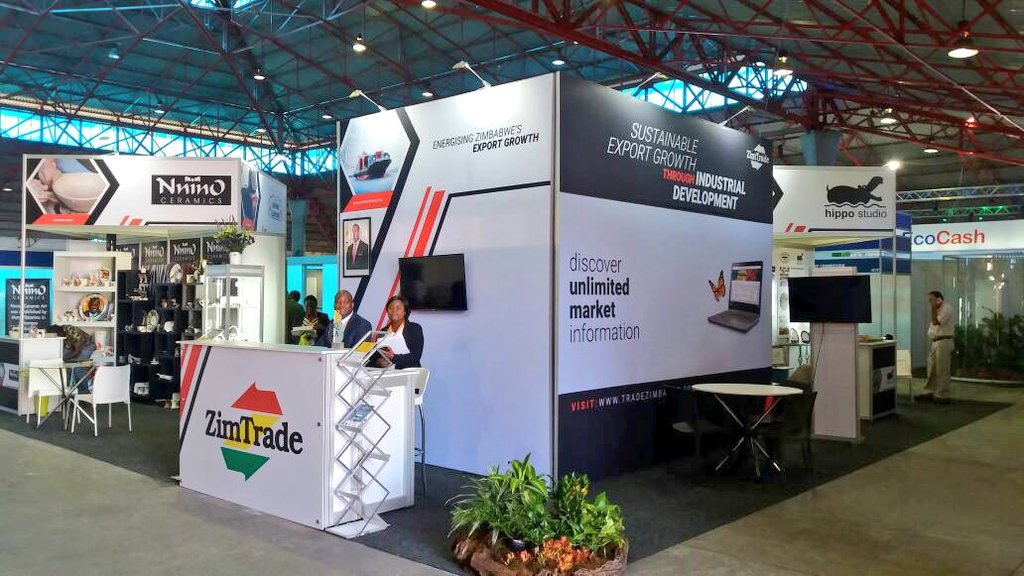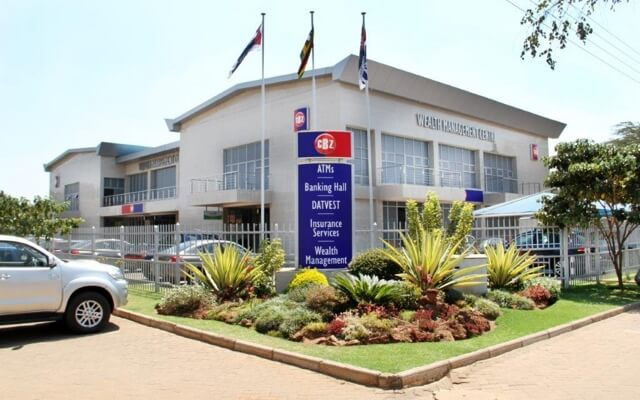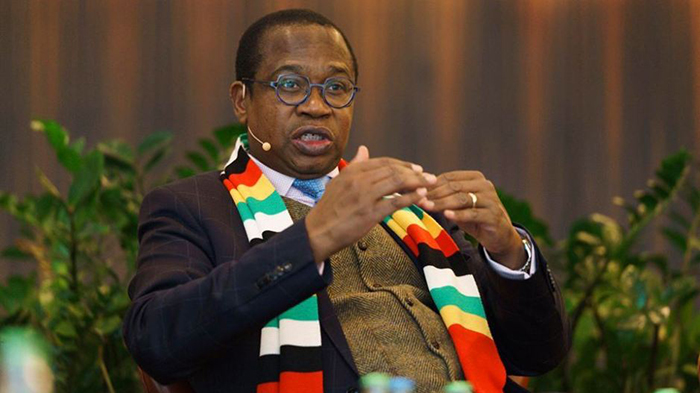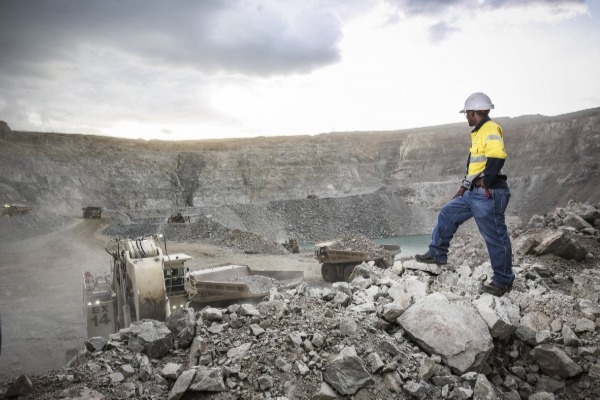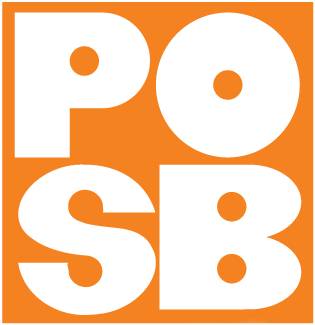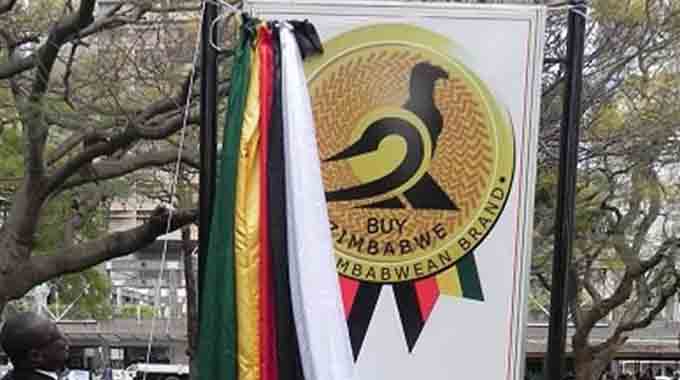Dinson commences steel bar production
DINSON Iron and Steel Company (Dinson) has started producing steel bars, becoming the third product under the firm’s first phase of production.
The US$1,5 billion steel plant in Manhize near Mvuma, commenced production last year in July, starting with pig iron prior to adding steel billets before the end of 2024.
The steel plant is one of the three subsidiaries of China’s Tsingshan Holdings Limited, and the group’s other subsidiaries in Zimbabwe are Afrochine Smelting in Selous, Mashonaland West Province and Dinson Colliery in Hwange, Matabeleland North Province.
In an interview at the weekend, Dinson projects director Mr Wilfred Motsi revealed: “We have started the production of steel bars, the production started last week and for now we haven’t set a target in terms of quantity because what we are doing at the moment is just testing the quality of the product — but we have started production.
“This latest product adds on to pig iron and steel billets, which we started producing last year.”
The steel plant is projected to produce 600 000 tonnes of products annually under the first phase, rising to 1,2 million tonnes in the second phase.
Production will rise to 3,2 million tonnes in the third phase and ultimately 5 million in the fourth and final phase, supplying the full range of steel products to local and foreign markets.
To augment production and reduce dependence on the national grid, which at present faces constrained supply, last year Dinson launched its 50 megawatts (MW) power plant.
So far, the steel plant consumes 28MW and plans are underway to supply output from the remaining capacity into the national grid.
Before the end of the third quarter this year, Mr Motsi said, the company would be producing deformed bars, round bars and wires.
It is hoped that once the Manhize steel plant starts exporting to regional and international markets, Zimbabwe will earn millions of dollars while also reducing steel imports and related products by supplying the domestic market, which has started benefiting from the project.
Zimbabwe Institute of Foundries (ZIF) chief operating officer Mr Dosman Mangisi said eventually, the country’s high import bill, which at the moment is partly driven by steel and related steel imports, would be significantly reduced.
This is on account that Dinson continues to ramp up production and offer a wide range of products to the engineering, iron and steel sector which at the moment relies on imports.
According to the Zimbabwe National Statistics Agency, last year the country exported US$7,44 billion worth of goods while imports totalled US$9,53 billion, reflecting a trade deficit of US$2,1 billion.
In 2023, the country’s trade deficit stood at US$1,98 billion as Zimbabwe exported goods worth US$7,23 billion against imports valued at US$9,21 billion.
“So, far Zimbabwe is experiencing a high import bill with iron and steel imports contributing to the import bill, especially the reinforced bars which are mostly imported due to several ongoing construction projects and other infrastructural development programmes in mines and roads.
“For a long time since the closure of Zisco, we have been importing iron and steel products.
“But once a product gets to be manufactured in the country, as players in the engineering, iron and steel sectors, we stand to benefit.
“For instance, the production of pig iron and steel billets by Dinson has seen some of our members sourcing such products locally,” he said.
Since the closure of the Redcliff-based steel manufacturer, Zisco — once the largest integrated steel plant north of Limpopo in 2008, local industries have been importing steel and other related raw materials in the region and abroad to countries such as India and China.-newsda



